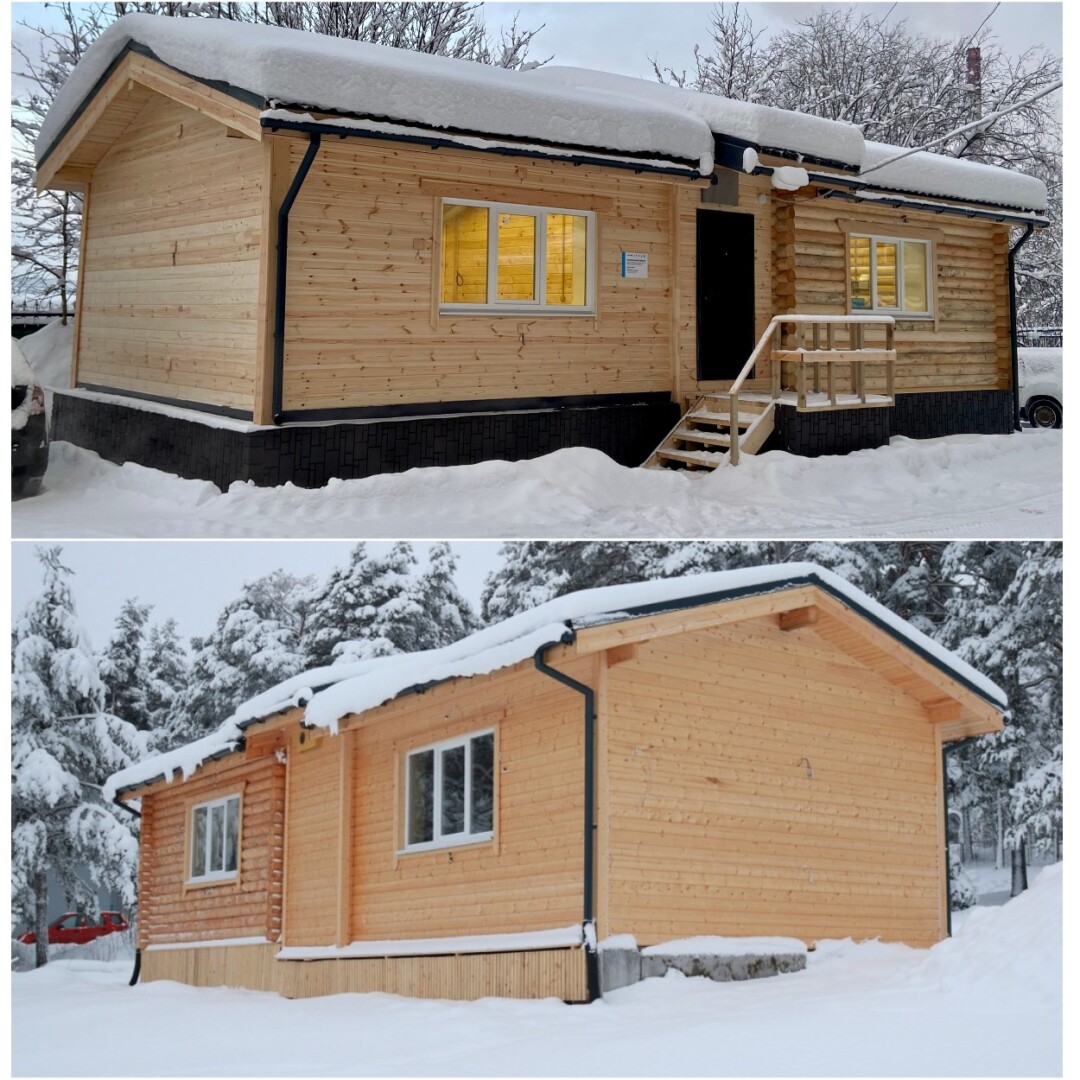A ‘gámme’, a type of peat and wood-constructed house, represents the most ecologically sustainable form of housing in the Arctic area. This assertion comes from Eigil Roaldset, an expert in housing and construction at the Arctic University of Norway. However, the era of the gámme has long passed. We now inhabit comfortable houses, but their sustainability remains a question.
The challenge posed by global climate change has inspired a group of researchers, including Mr. Roaldset, from Finland, Norway, Russia, and Sweden to launch a project Green Arctic Building (GrAB) in the field of construction. The project team’s goal was to create and promote environmental innovation in the realm of “green” building specifically adapted for the Arctic region.
Constructing a building with a low carbon footprint in the High North presents greater challenges than in the temperate climates further south. As of approximately 2015, maintaining comfortable indoor conditions accounted for nearly 40% of a building’s energy consumption.
The project involved extensive data collection, including both existing and new data, culminating in comprehensive reports. They can be found on the website of the Lead Partner.

Test buildings in Murmansk and Petrozavodsk
One central action was the construction of pilot test buildings in Russia. These are two identical houses (model objects) located in Murmansk and Petrozavodsk, built within the same timeframe. Researchers meticulously selected materials that align with “green” building criteria, emphasizing their potential for reuse and recycling. By employing double-log and frame-based construction technologies, utilizing various insulation materials, and installing 250 temperature and humidity sensors, the project researchers aimed to discover the optimal solutions for the challenging climatic conditions of the Arctic.
Like other Kolarctic CBC projects, also Green Arctic Building was affected by the collapse of Russia-cooperation. Before the suspension of the Russian participation in Kolarctic CBC programme, the project succeeded in getting data to some extent, but not as much and as long as they had desired.
Project: Green Arctic Building
Lead partner: UiT The Arctic University of Norway, Norway
Other partners:
- Murmansk State Technical University, Murmansk
- Petrozavodsk State University, Petrozavodsk
- Umeå University, Umeå
- University of Oulu
